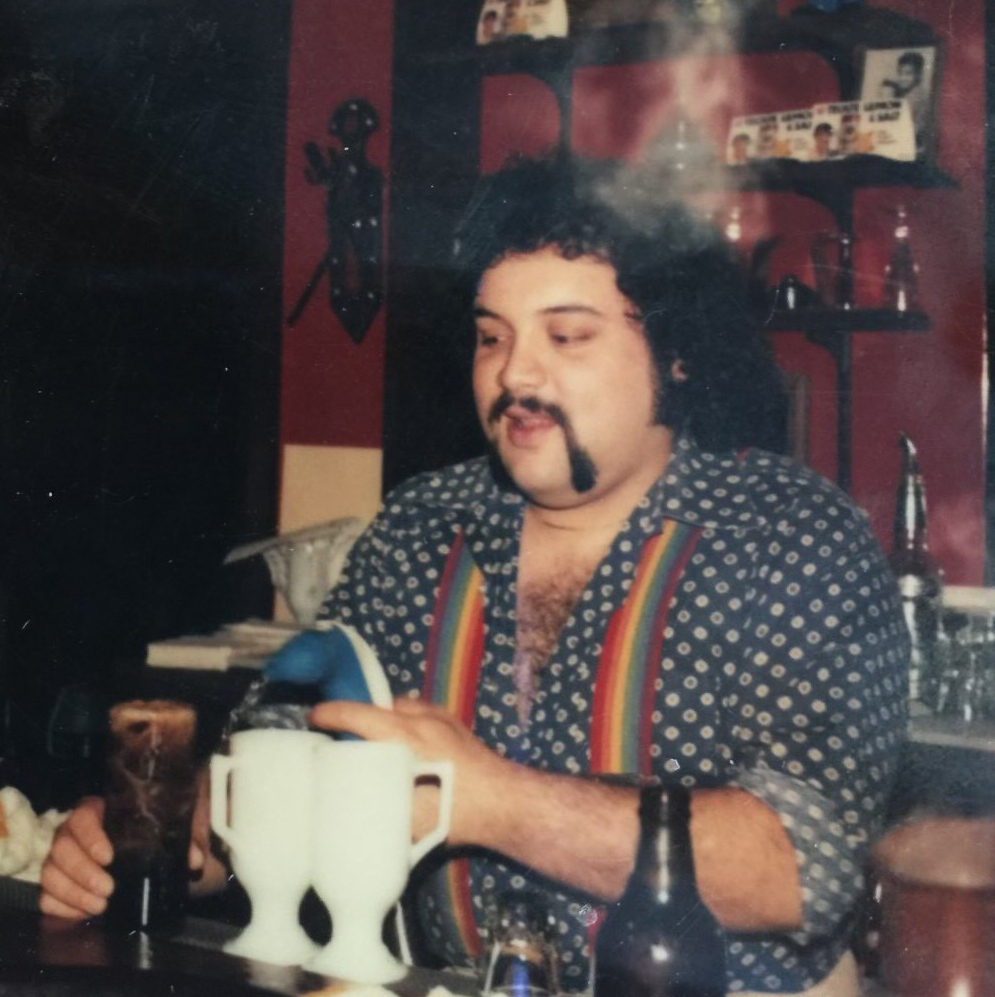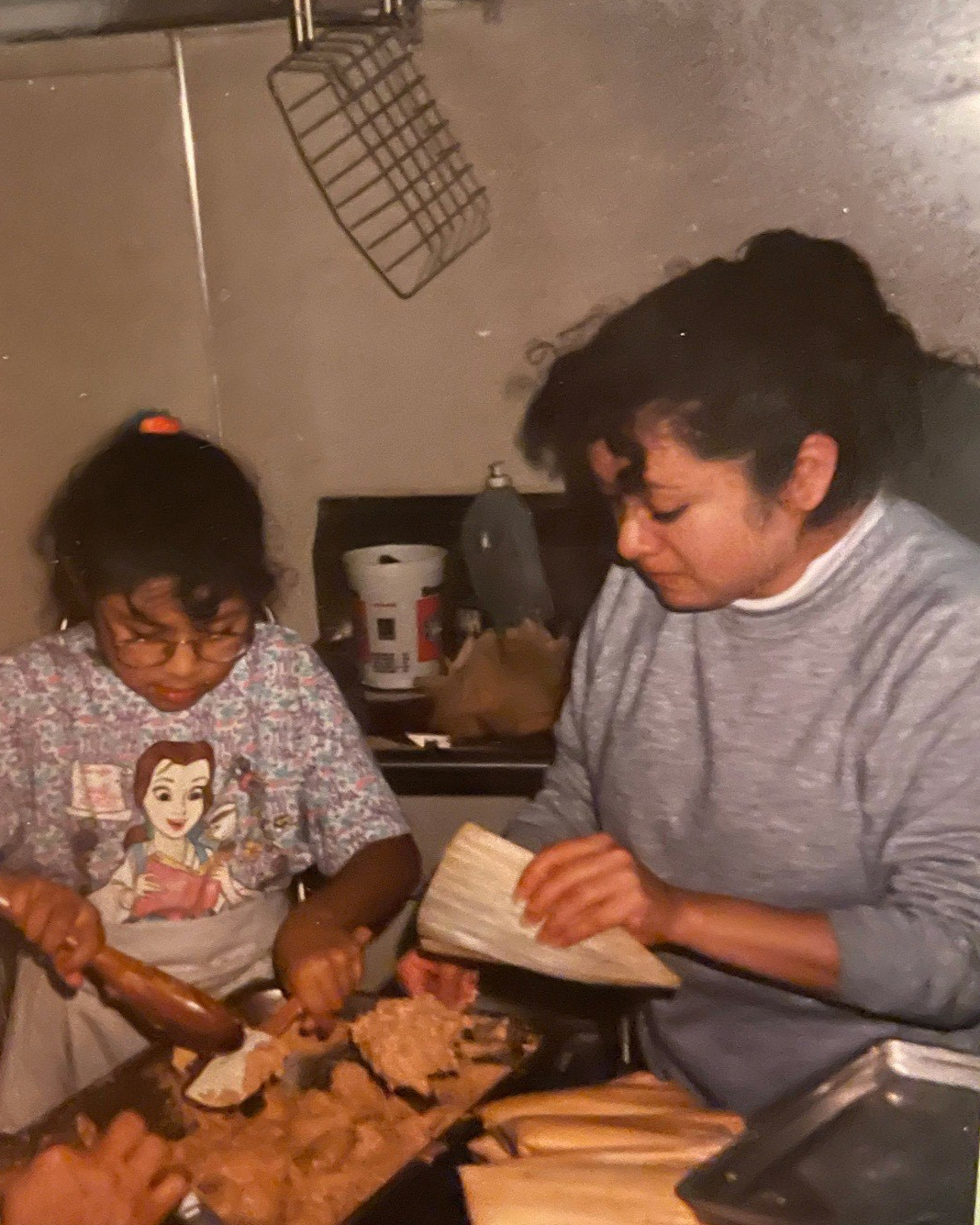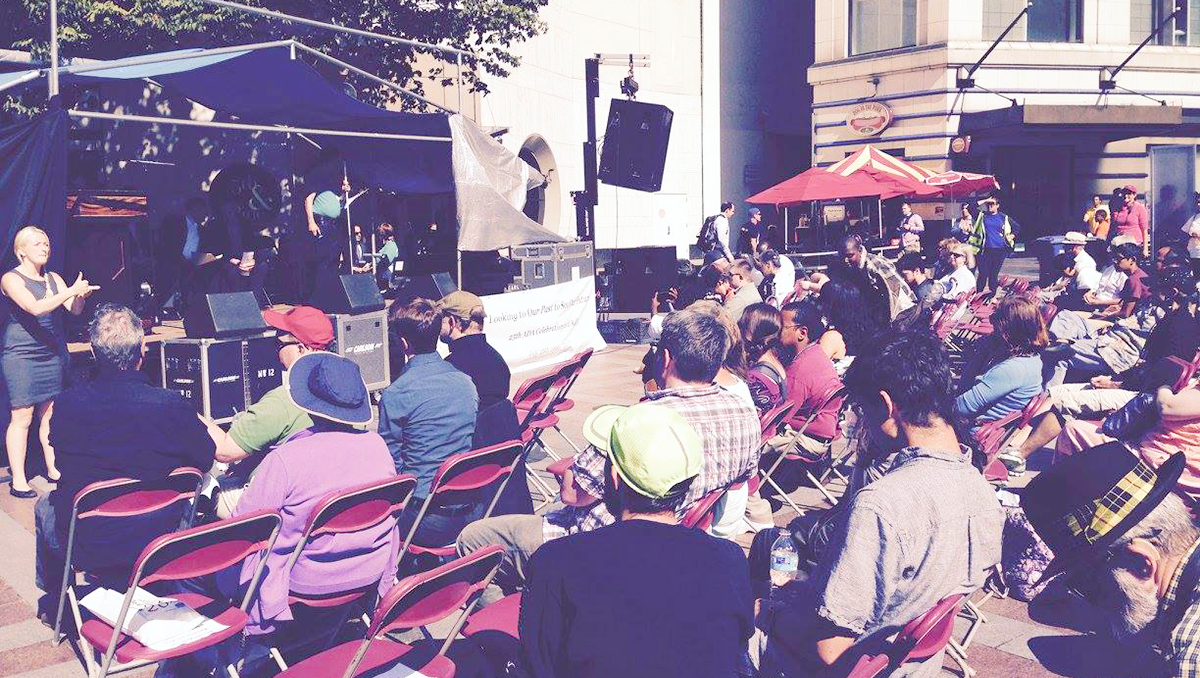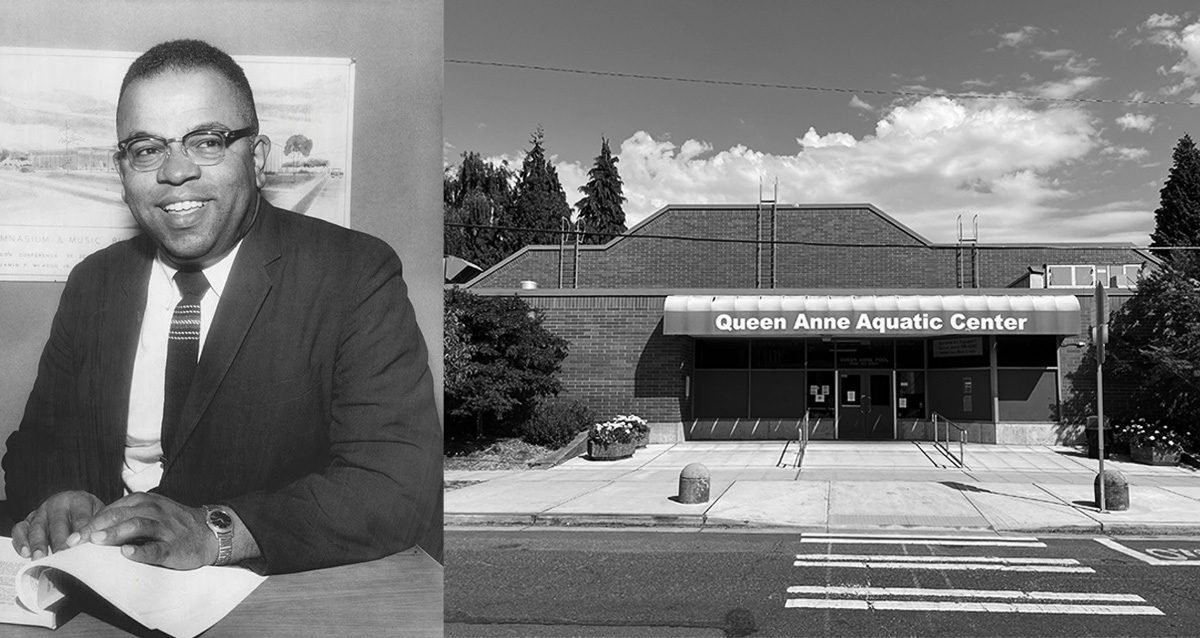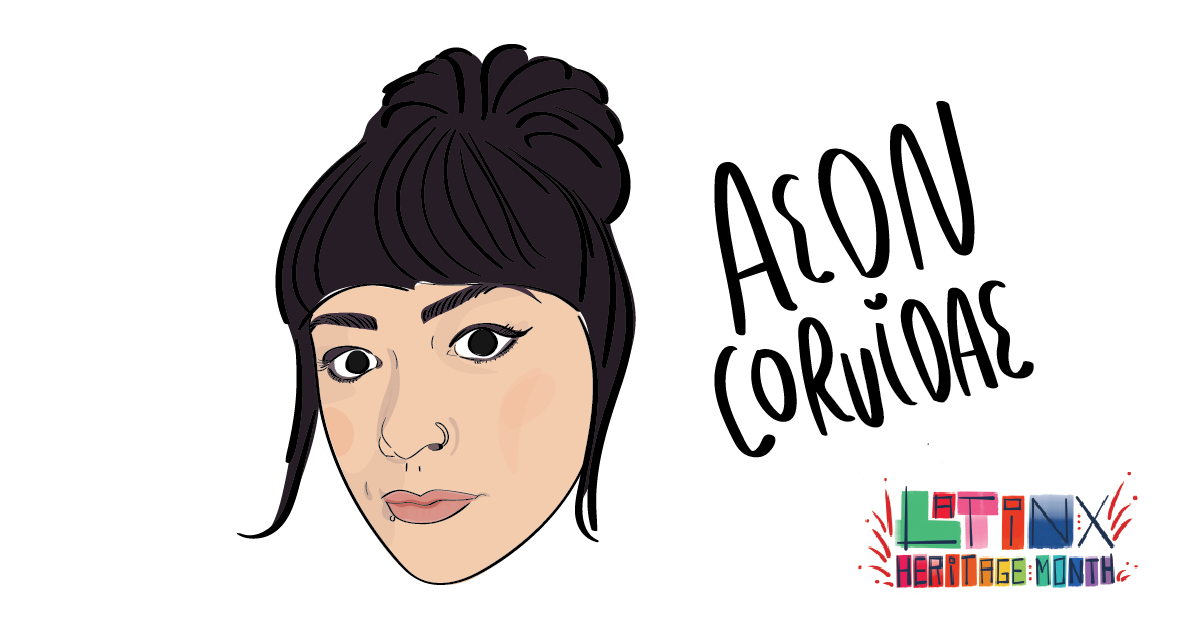
In celebration of Latinx Heritage Month, we are hosting a series of profiles and stories to amplify and honor people, businesses, organizations, and projects connected to Seattle’s Latinx community.
Growing up at the Monterrey Restaurant
by Aeon Corvidae
My brother Jeremy and I had the special privilege to grow up the same way as my mom and her siblings. We never had to worry about what we would eat, or if we would have food on the table. My grandparents, however, grew up during the Great Depression, when resources were scarce in the US and poverty was everywhere.
Joe (Natividad) and Eleanor Barron met at a Mexican dance when they were in their early 20s in Texas. They happily married but, soon after, Joe was drafted into WWII. I believe he was a hero and a miracle man, surviving five major battles in the Pacific. He made it home to Eleanor. They had five children after following my great-uncle, Manuel Barron, to Seattle in the late 1950s.
The Barron family created a community for the Hispanic people here in Seattle. Great-grandma Juanita made Mexican food while there were meetings at El Club Hispano Americano in the Barron Barbershop. Great-grandpa José was an usher at Our Lady of Lourdes Church and volunteered at St. Vincent de Paul. Eleanor began cooking at the World’s Fair, while Joe went to work for Boeing and served two years as president of El Club Hispano Americano. My aunt, Linda Barron, recently told me that Joe was a very well-liked leader who was asked to run for mayor (he politely declined). Not long after, my grandparents decided that it was time to create another space where they could share their Hispanic culture and have a business to pass down through the family for generations. In 1975, they opened the Monterrey Restaurant. My mom, Maria Barron, and her four other siblings grew up and worked in the restaurant environment, just like my brother and I did.
There were lines of people out the door, all waiting to experience the delicious food Eleanor would cook. She created the menu and was credited in The Seattle Times with bringing chimichangas and other things to the Pacific Northwest. She learned how to cook and run a business by working at her Uncle Tony’s Mexican street food stand in Texas in the 1940s and 50s. She loved creating her own ways to spice things, never used measuring tools, and made everything from scratch (including salsa and tortillas).
Linda managed the Burien location, and the 4th Ave. and Lander location opened in 1980. Joe was able to quit his job at Boeing to focus on the restaurants. My mom was a waitress, her sister Judy helped in the kitchen, and her brothers John and Sam bartended. My brother and I were born during this time. We called the new location the “big restaurant.” We had all our birthday parties here, with much of the community attending. There were piñatas in the parking lot, fresh pan dulce, and endless food. There would be live bands playing almost nightly in the bar.
My uncle Sam would sometimes abandon his duties behind the bar to play his guitar with the bands on stage, but he also had his own blues band too. Every Wednesday night he would run benefit shows for the Northwest Harvest called Sam’s Can Jam where you would pay $2 or bring two cans of food as the cover. This is how the proclamation of Sam Barron Day on Sept. 15th came to be in Seattle. He was a very kindhearted man who welcomed and helped all people in need in the community. He, unfortunately, passed away at age 36.
The third location opened in White Center in 1990, as the 4th Ave. location was sold to Burger King. The landowner, unfortunately, refused to renew the lease, disregarding the Monterrey as a cultural center. The Burien location had also been sold by this point. People from all over still came to eat my grandma’s food. My mom and dad worked in the kitchen and waited tables. My brother and I would help make tamales and clean at the end of the night, as we would be there if we weren’t at school. This location was only open for a few years because my grandma’s health was declining, and my grandpa wanted to take care of her. They are both passed now and very much missed by the family and the community they served.
My mom and Aunt Linda both say that they learned invaluable skills from growing up in the Monterrey. They saw how to run a successful business, how to contribute to the community, and how to be kind to all people. My mom started a career in mental health and within a few years, she won the Heroes Award. I am very proud of my mom and am lucky that I have been raised with great examples of her and my grandparents. My brother now works in disaster relief, but he wishes that we had the restaurant passed down to us. He knows the family recipes, and it is our heritage. Food is like a language to us. Not only is it something we share with community and friends, but it is also how we generationally connect to our ancestors. As Seattle grows and shifts, I wonder if there will be room for businesses like the ones my grandparents had, but I know they are still out there. Whenever I drive by past the locations or am in a restaurant and see a small child running around helping or doing homework at a table in the corner, it makes me smile and remember.



